Instant Pot Roasted Garlic
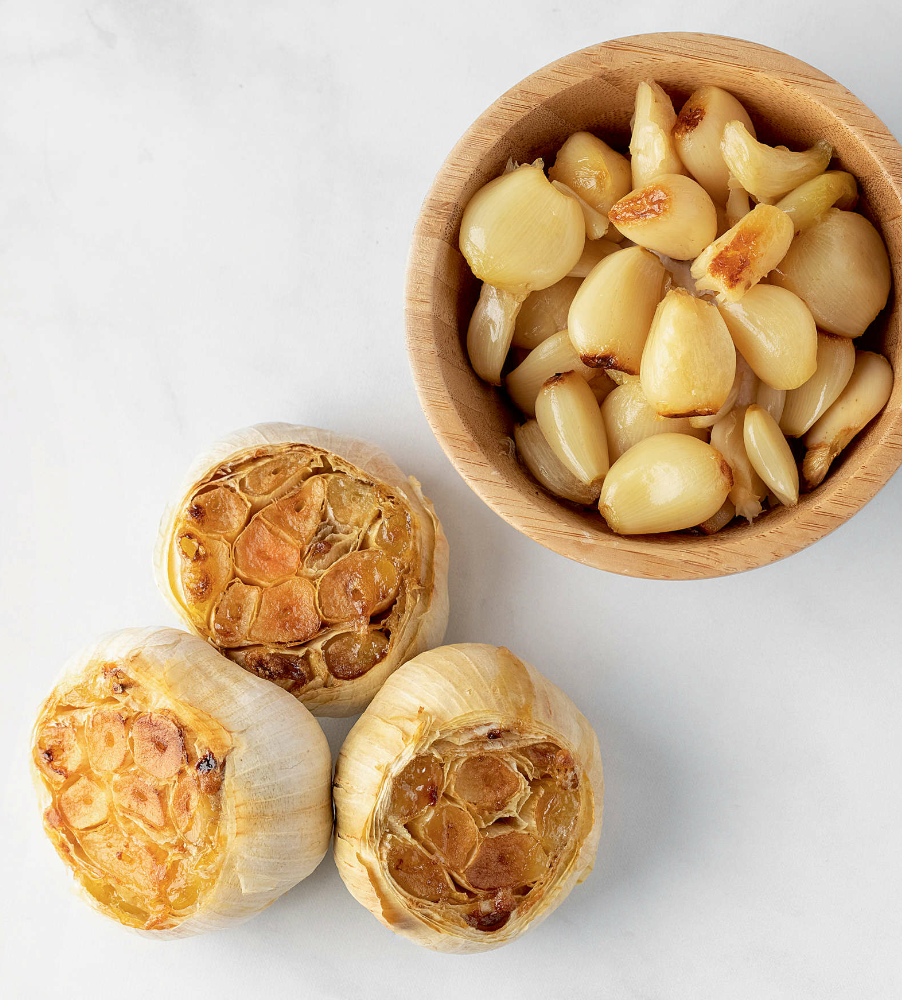 Instant Pot Roasted Garlic
Instant Pot Roasted Garlic
4-6 large Garlic Bulbs
½-1 T. EVOO per bulb, for drizzling
Using a good chef’s knife, slice off the top of each garlic bulb so all the cloves are exposed. Place the trivet in the Instant Pot, pour in 1 C. of water, and rest the garlic bulbs on the trivet, sliced side up. (You can use the basket that came with the air fryer lid instead of the trivet if you prefer.) Secure the lid, move the valve to the sealing position, and hit Manual or Pressure Cook on High Pressure for 5 minutes. When done, allow a 10-minute natural release followed by a quick release, then hit Keep Warm/Cancel to turn off the pot. Remove the trivet and garlic bulbs, drain the liner pot, and return it to the Instant Pot, then replace the trivet or basket and garlic bulbs (still sliced side up). Drizzle the oil onto each bulb, allowing it to seep into every nook and cranny. Add the air fryer lid, hit Broil (400°F) for 12 minutes, and hit Start to begin. Check on the garlic periodically until it’s roasted to your liking (it should be a rich golden brown). When done, remove the air fryer lid and let rest for 10 minutes. Once cool to the touch, pull off each garlic clove and squeeze the flesh into a bowl (it will pop right out of the skin and be almost paste-like). Discard the skins (your hands will get messy from this, but that means you’re doing a good job). You can now do anything you want with the garlic! Store in an airtight container in the refrigerator for up to 4 days
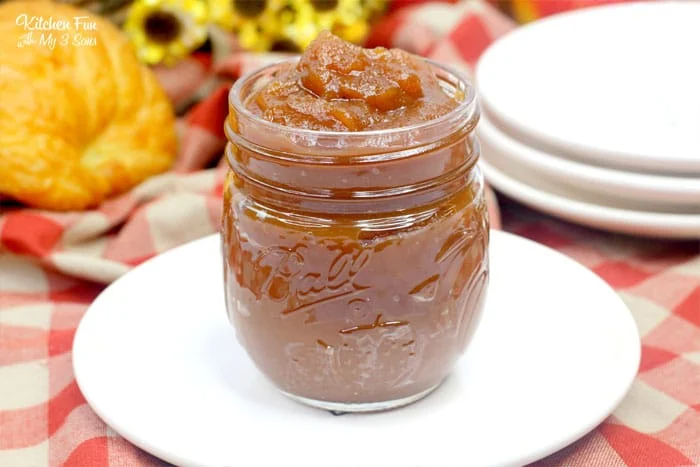 Salted Caramel Apple Butter
Salted Caramel Apple Butter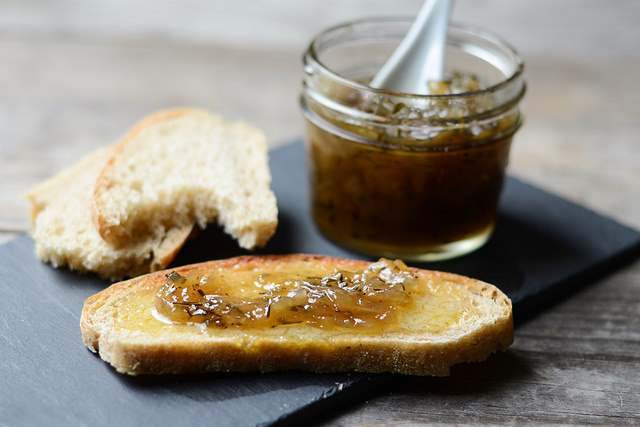 Maple Onion and Thyme Jam
Maple Onion and Thyme Jam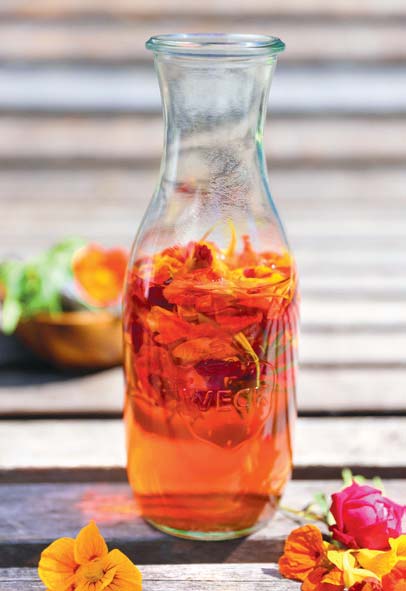 Peppery Nasturtium Vinegar
Peppery Nasturtium Vinegar Spicy Pickled Rainbow Chard Stems
Spicy Pickled Rainbow Chard Stems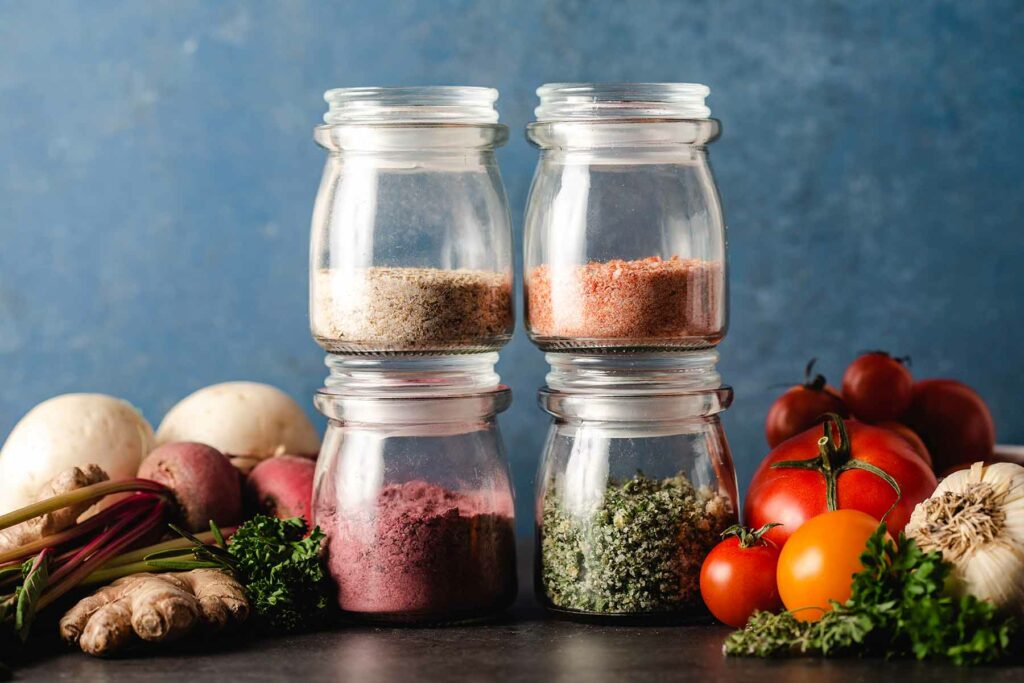
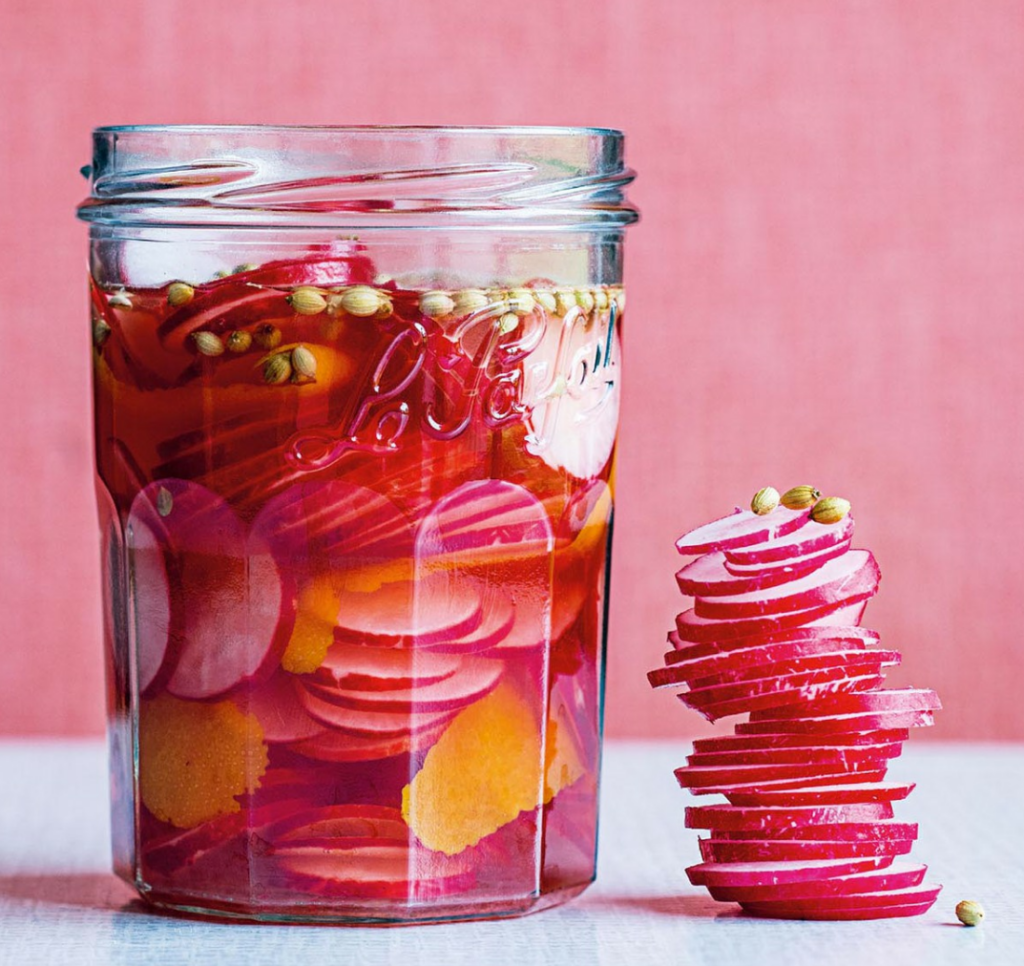 Coriander & Orange Pickled Radish
Coriander & Orange Pickled Radish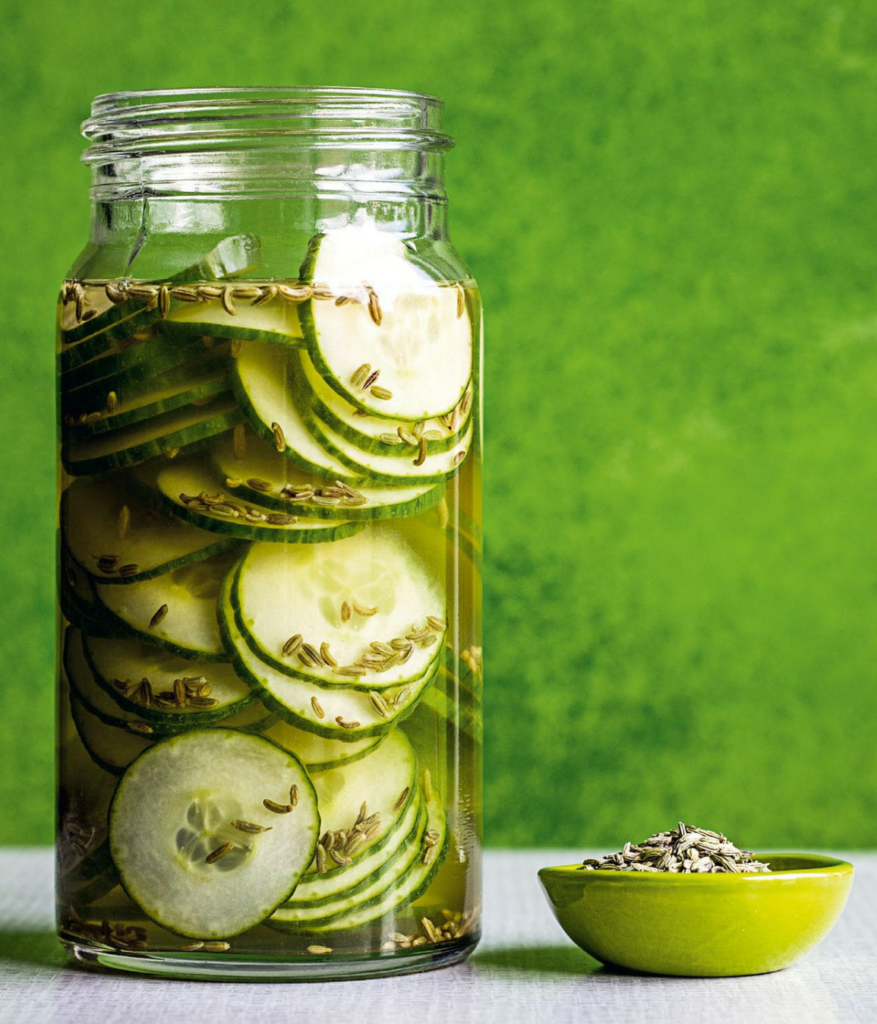 Cucumber & Fennel Refrigerator Pickles
Cucumber & Fennel Refrigerator Pickles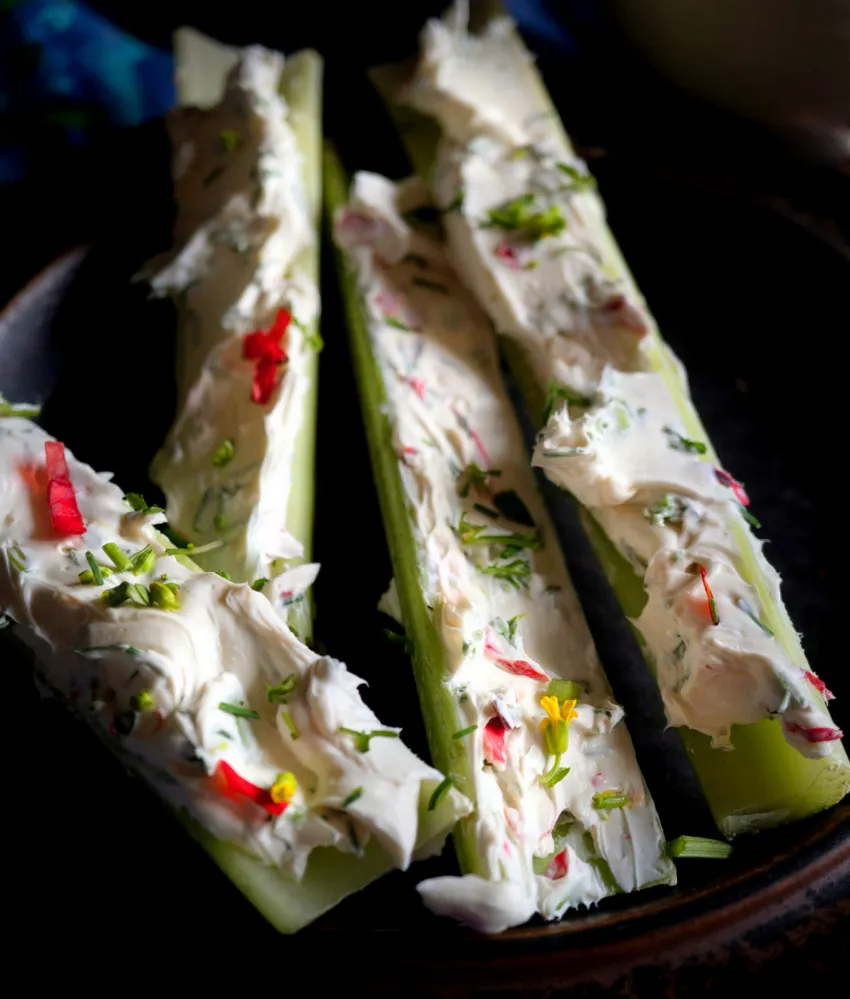 Creamy & Crunchy & Spicy Tulip Spread
Creamy & Crunchy & Spicy Tulip Spread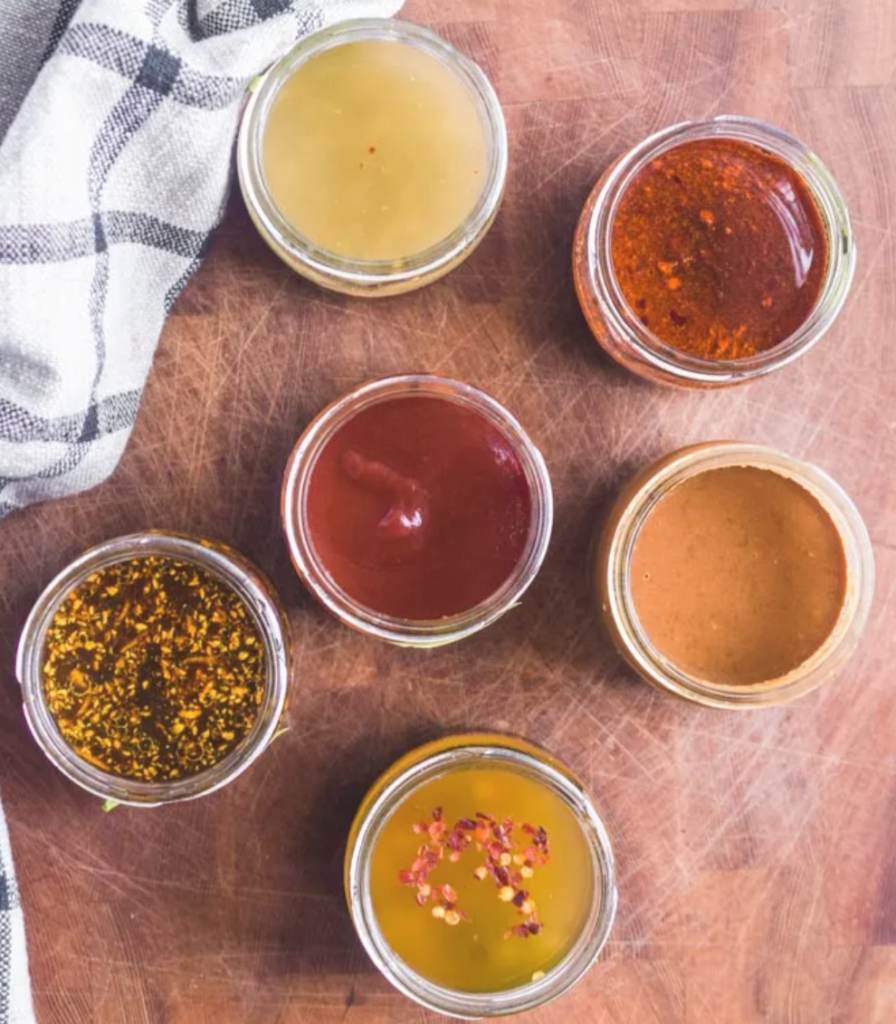 Stir Fry Sauces
Stir Fry Sauces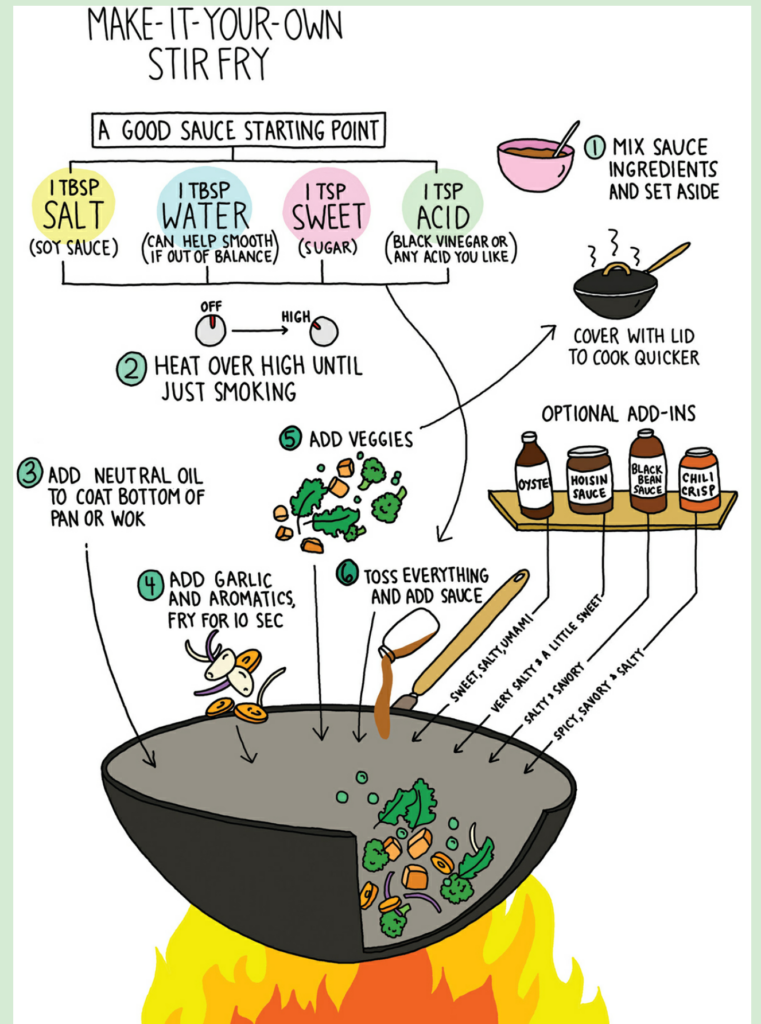
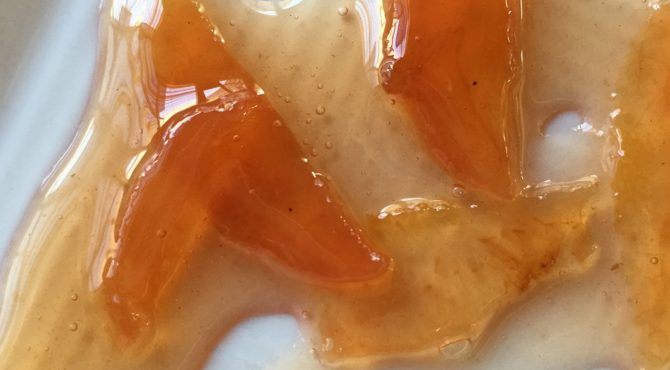 Kieffer Pear Preserves
Kieffer Pear Preserves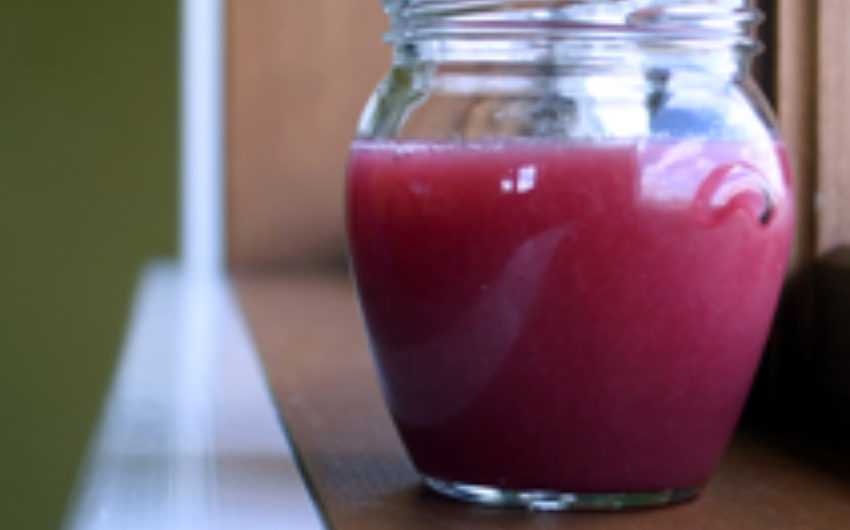 Rhubarb Syrup
Rhubarb Syrup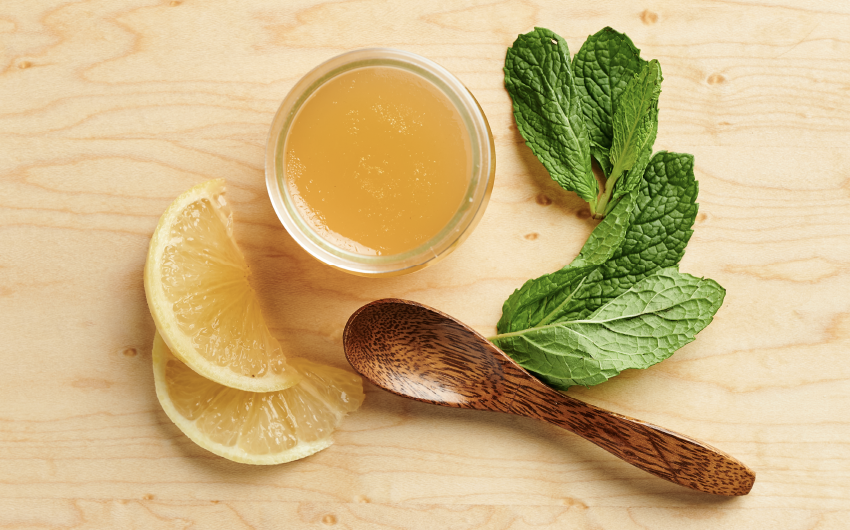 Honey, Mint & Lemon Jelly
Honey, Mint & Lemon Jelly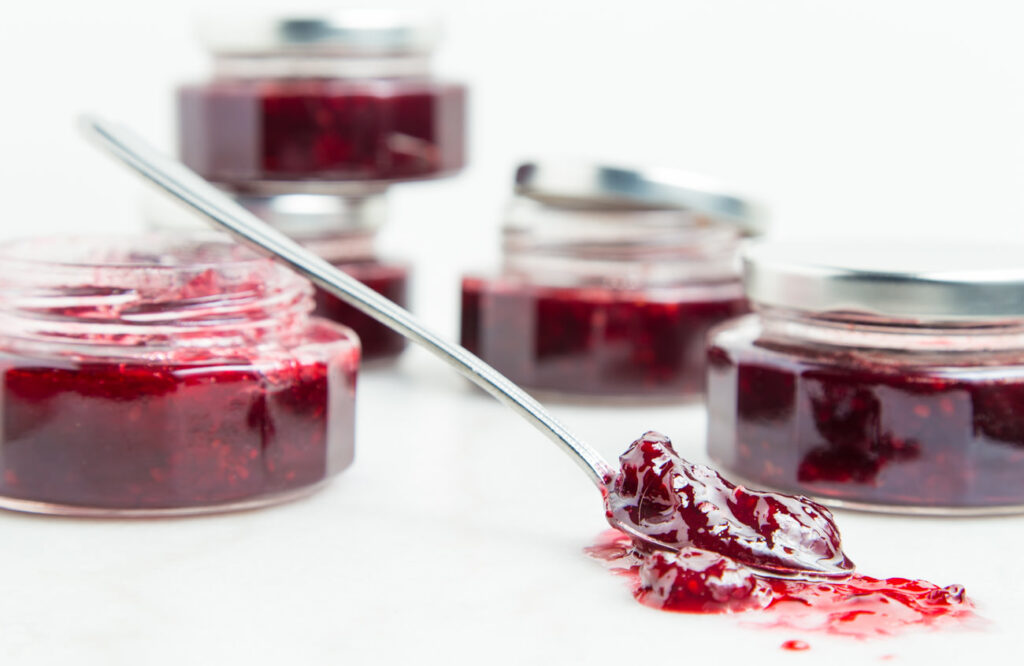 Blackberry Roasted Plum Preserves
Blackberry Roasted Plum Preserves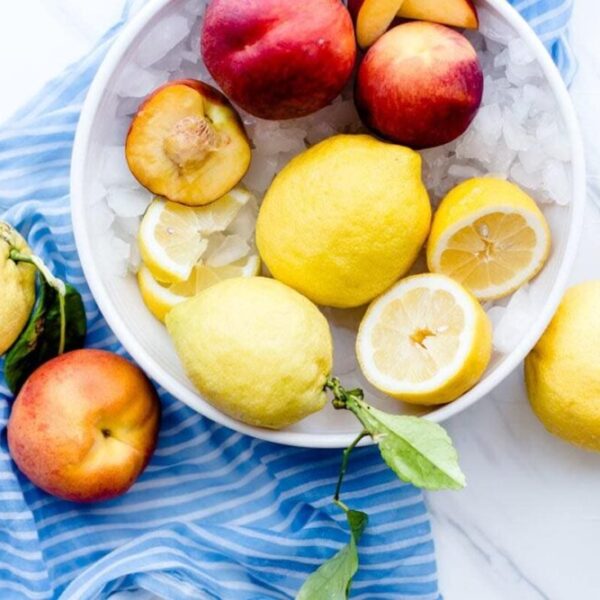 Peach + Citrus Marmalade
Peach + Citrus Marmalade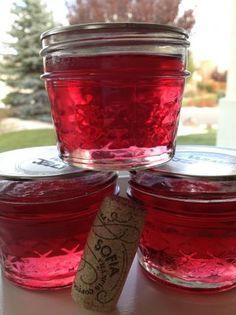 “just a cup” rosé wine jelly
“just a cup” rosé wine jelly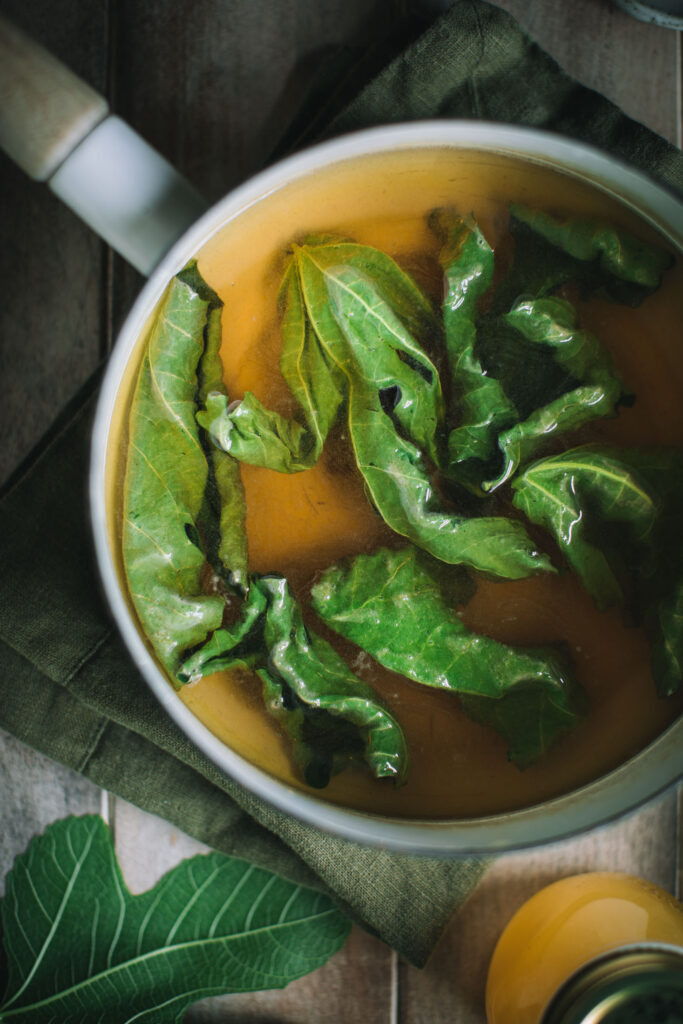 Fig Leaf Simple Syrup
Fig Leaf Simple Syrup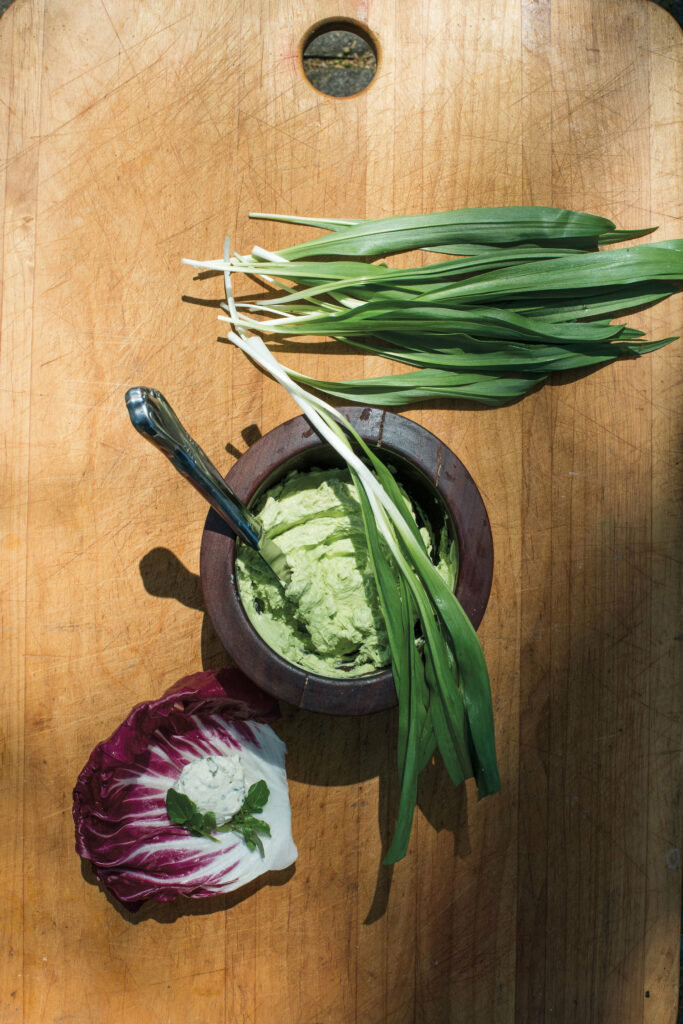 Watercress & Wild Garlic Herb Spread
Watercress & Wild Garlic Herb Spread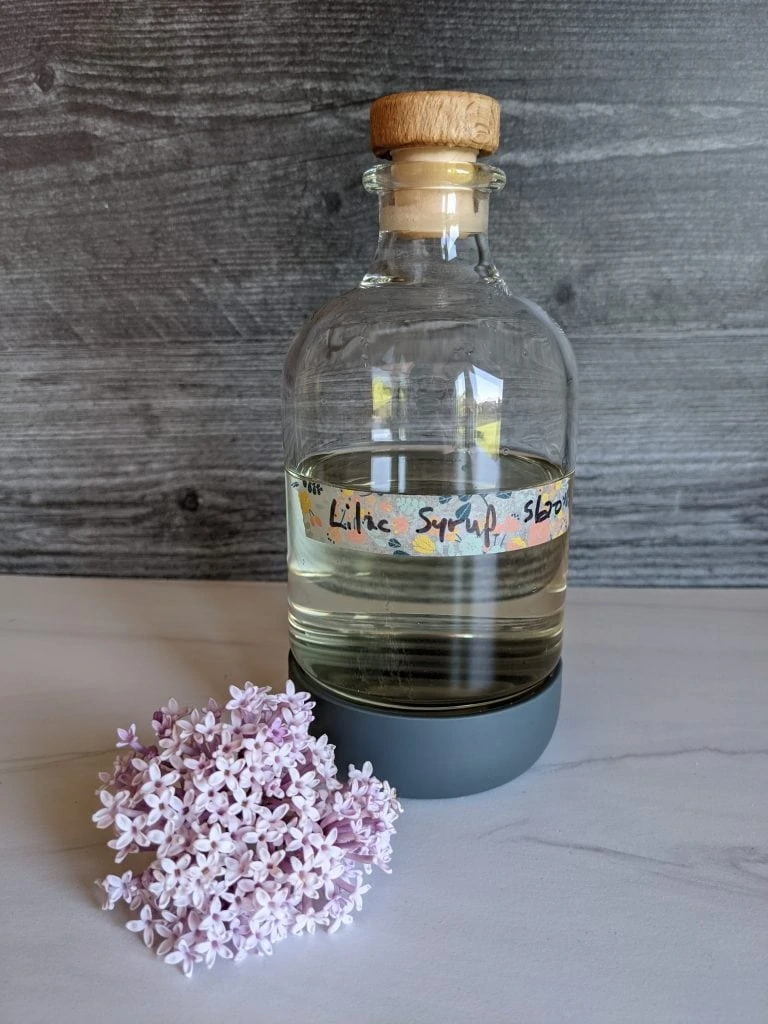 Flower-Infused Simple Syrup
Flower-Infused Simple Syrup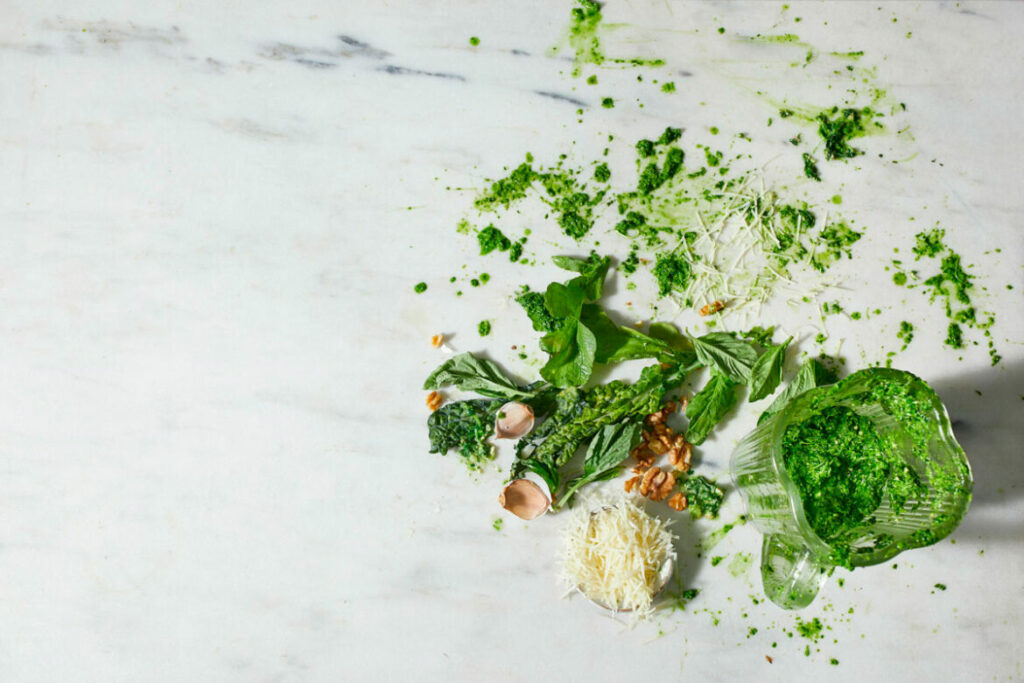 Anything Green Pesto
Anything Green Pesto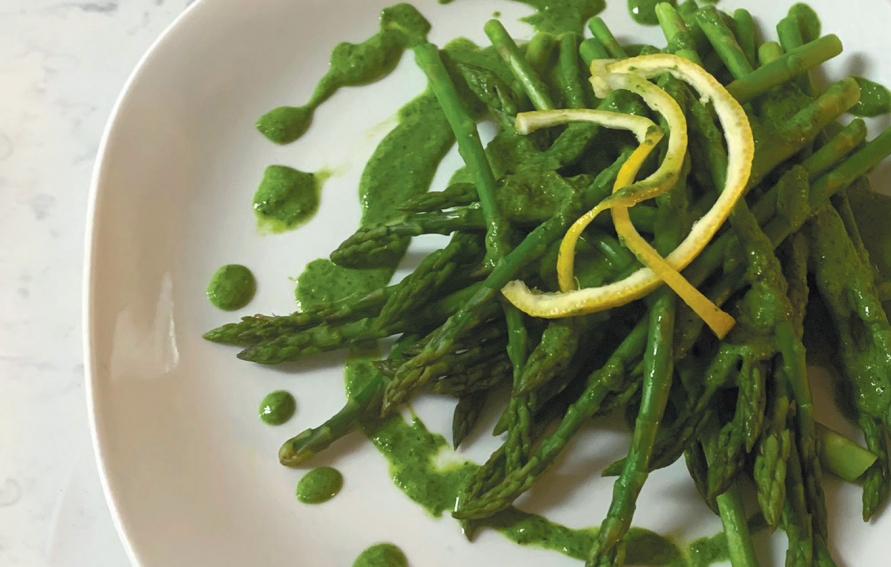 Creamy Sorrel Sauce
Creamy Sorrel Sauce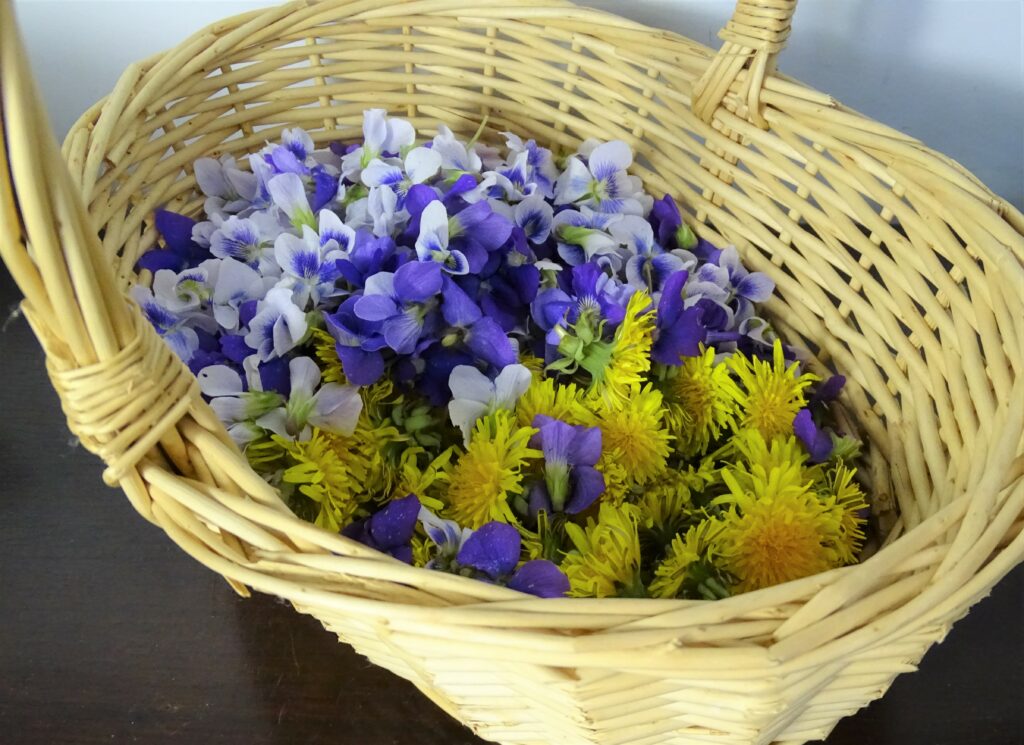
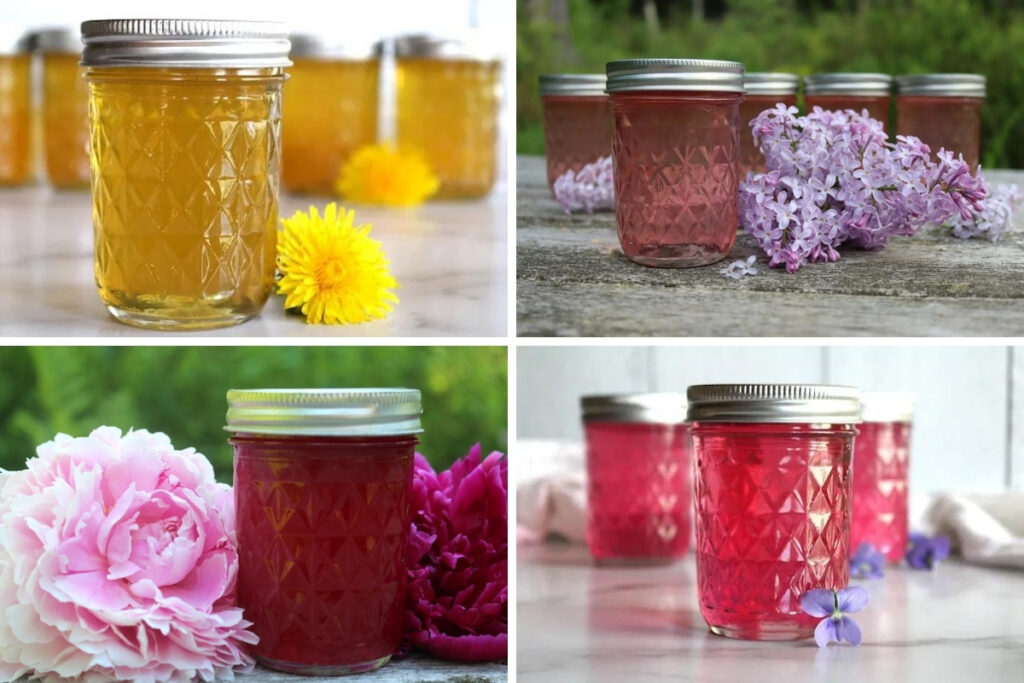
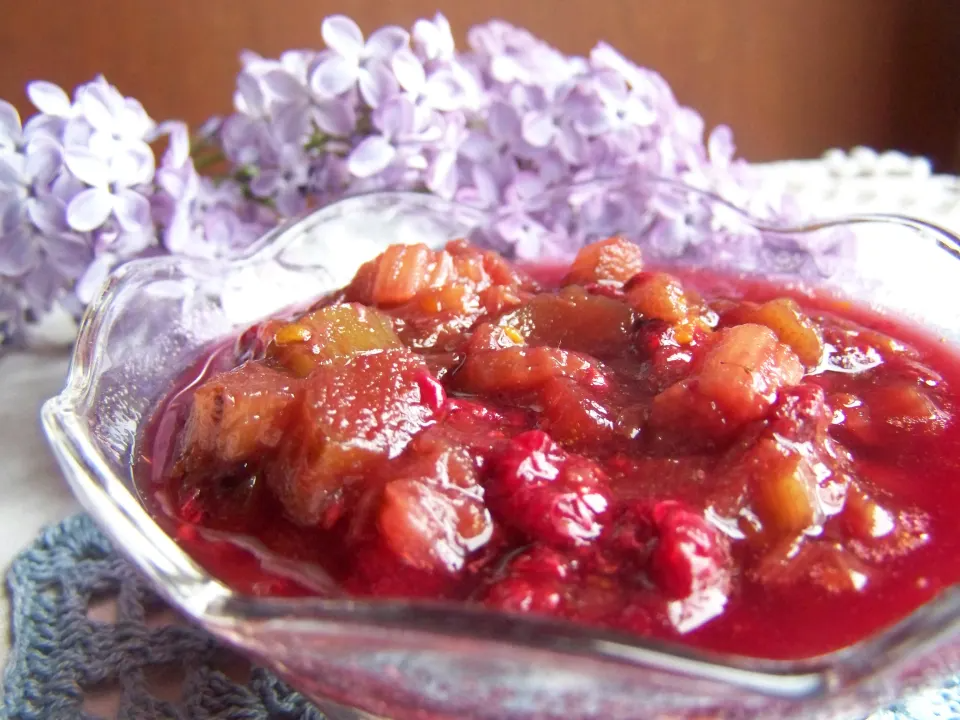
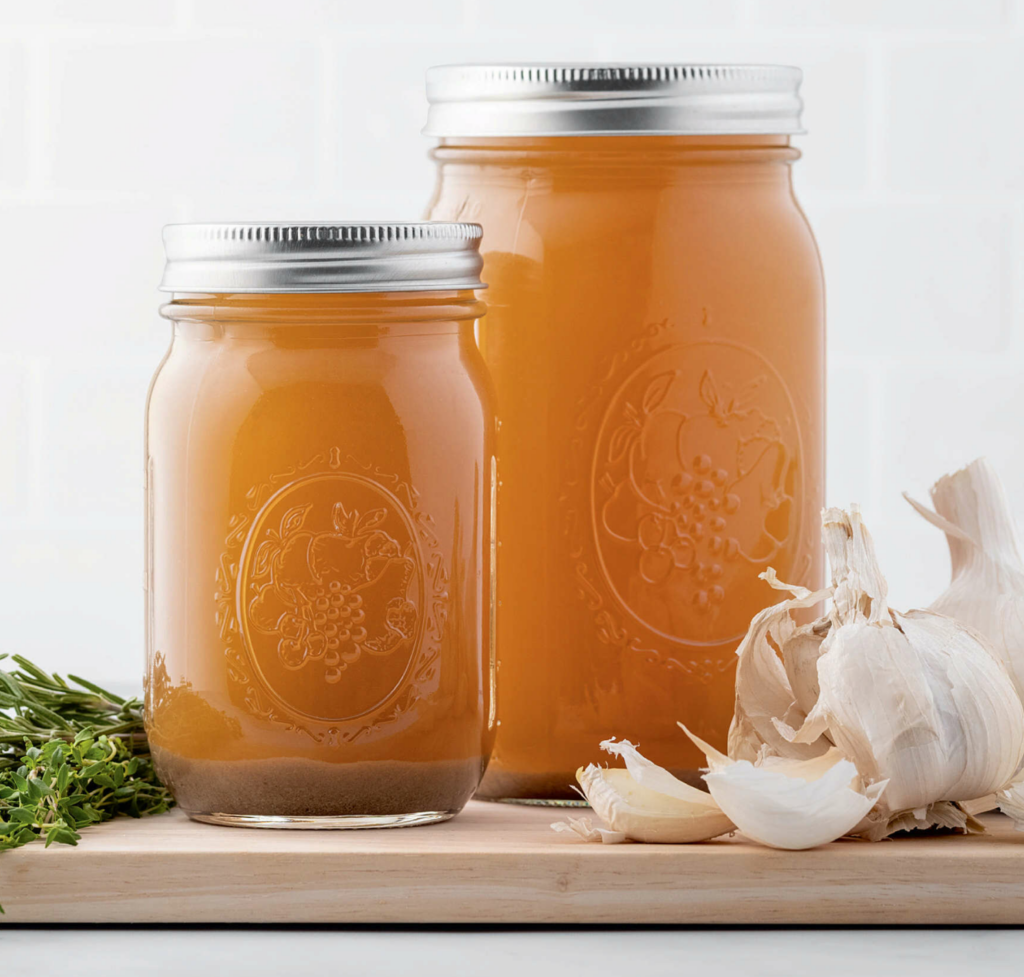 Instant Pot Garlic Vegetable Broth
Instant Pot Garlic Vegetable Broth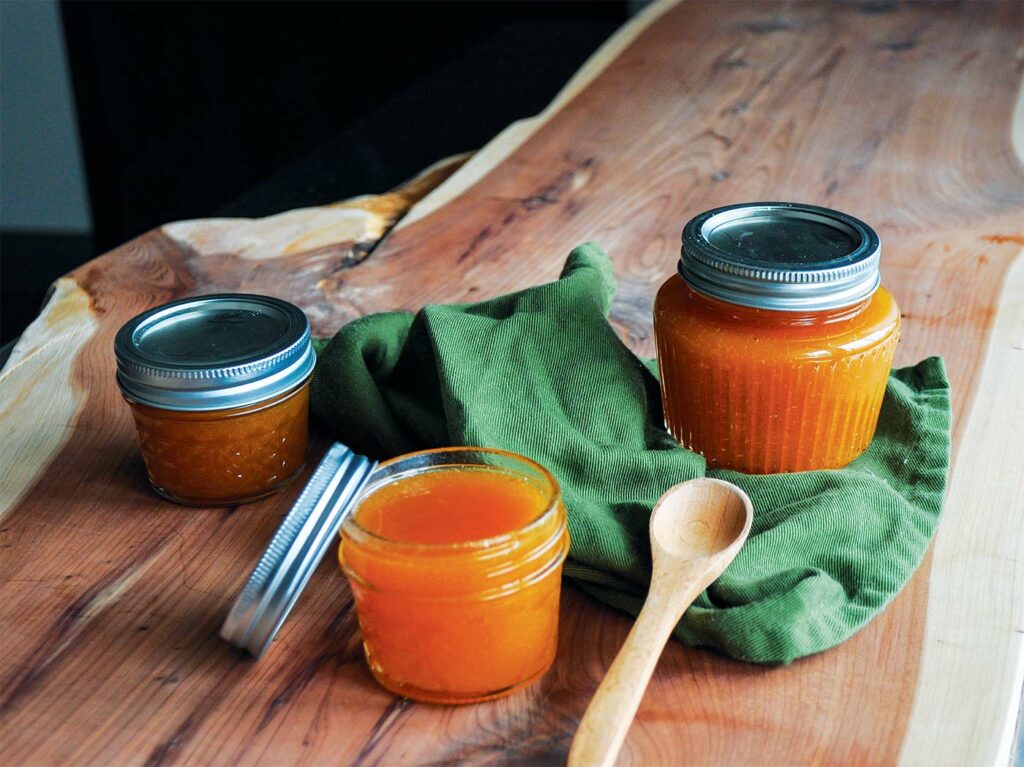 Salted Honey Cantaloupe Jam
Salted Honey Cantaloupe Jam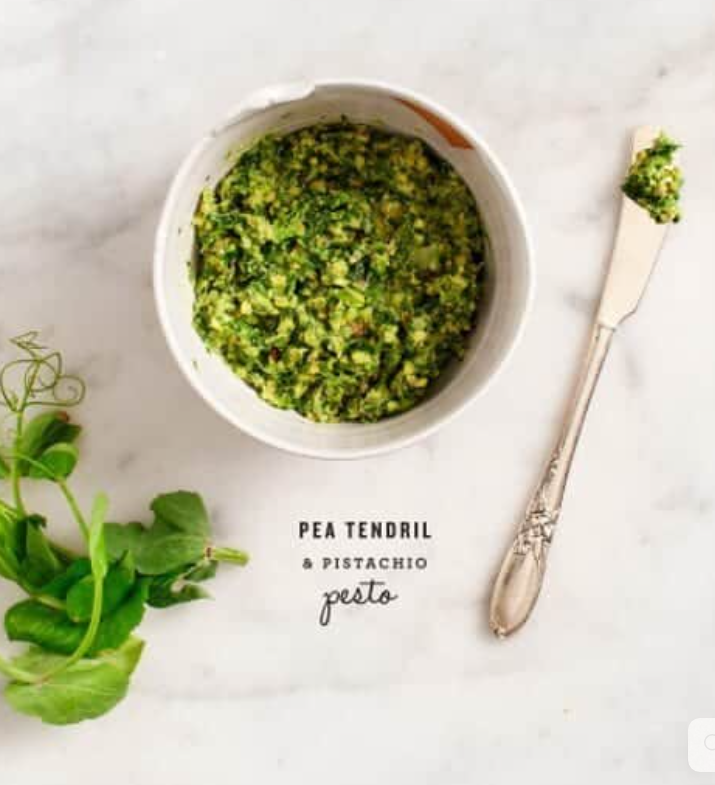 Pea Tendril & Pistachio Pesto
Pea Tendril & Pistachio Pesto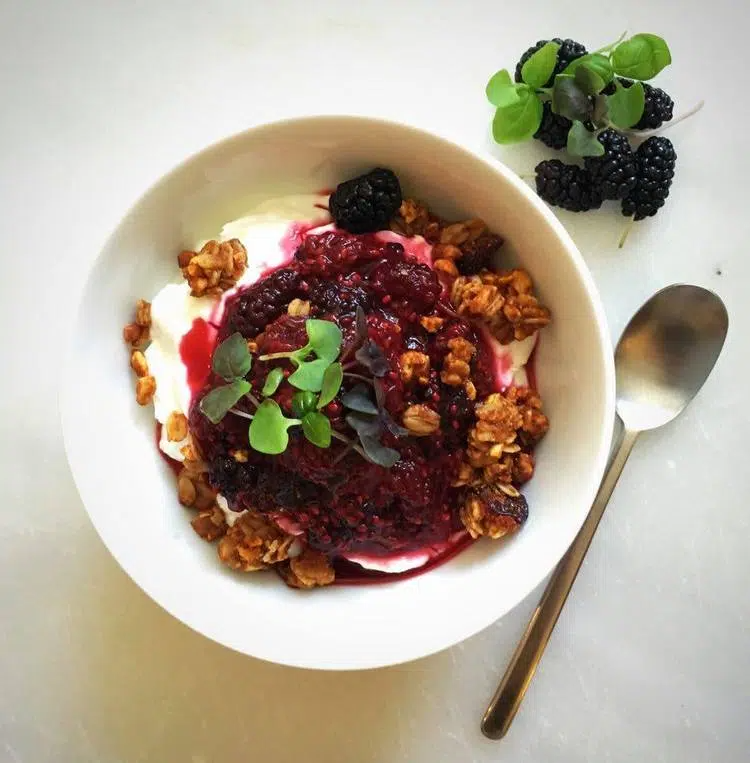
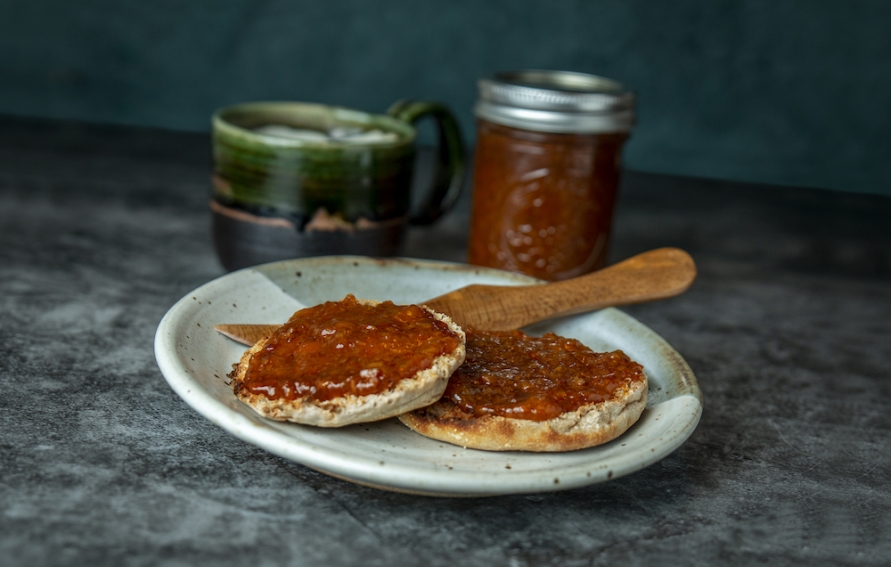 Chanterelle-Apricot Jam
Chanterelle-Apricot Jam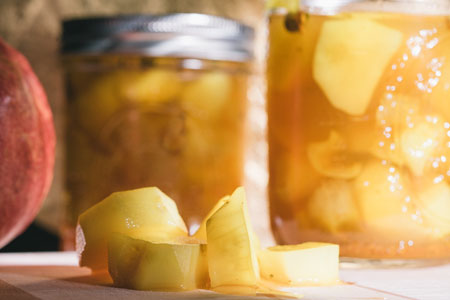 1½ lbs sunchokes (a.k.a. Jerusalem artichokes), thoroughly scrubbed and cut into ½-inch dice
1½ lbs sunchokes (a.k.a. Jerusalem artichokes), thoroughly scrubbed and cut into ½-inch dice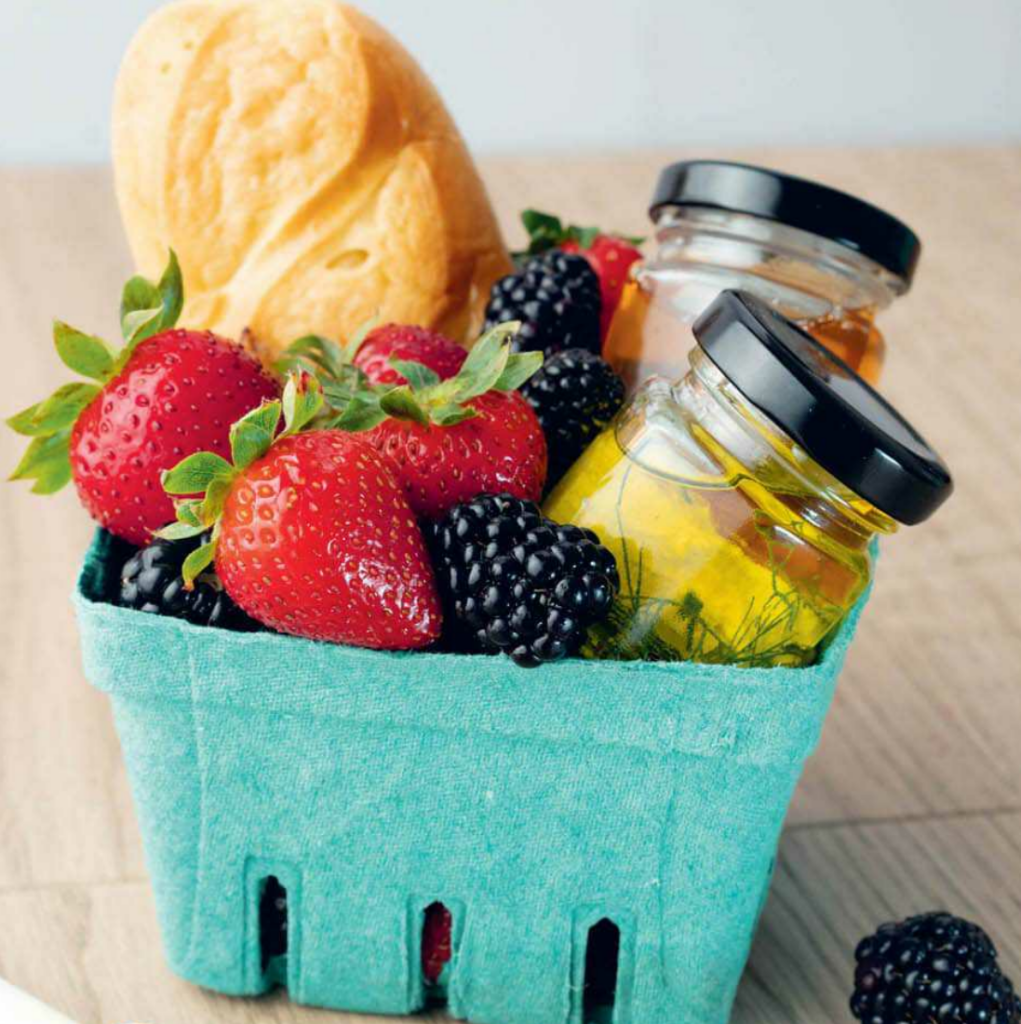 Herb-Marinated Goat Cheese Mini Jars
Herb-Marinated Goat Cheese Mini Jars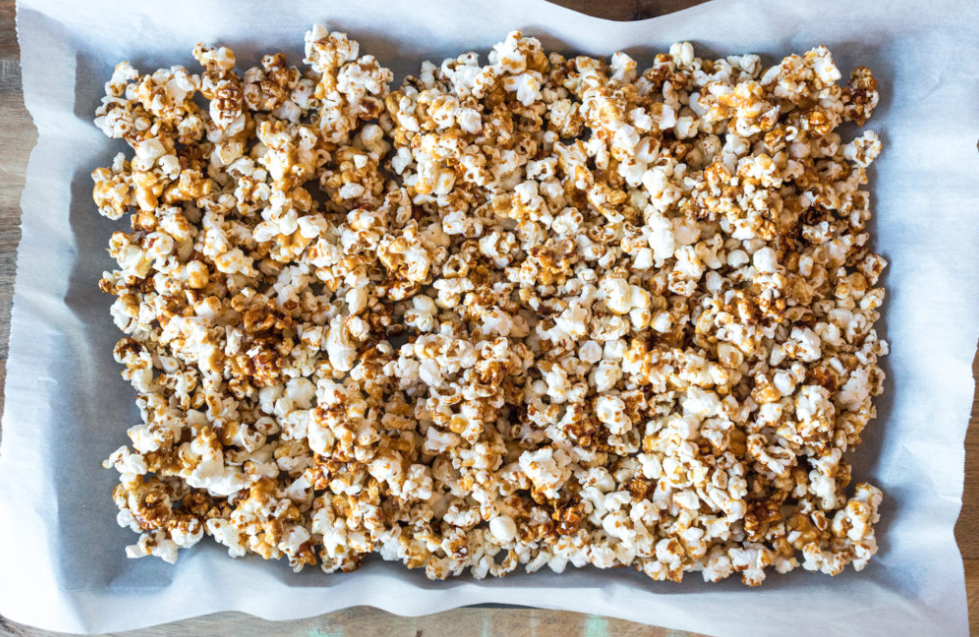 Agave Caramel Corn
Agave Caramel Corn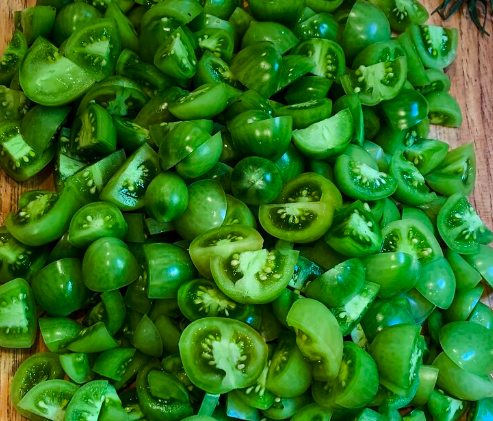 Green Tomato Glaze
Green Tomato Glaze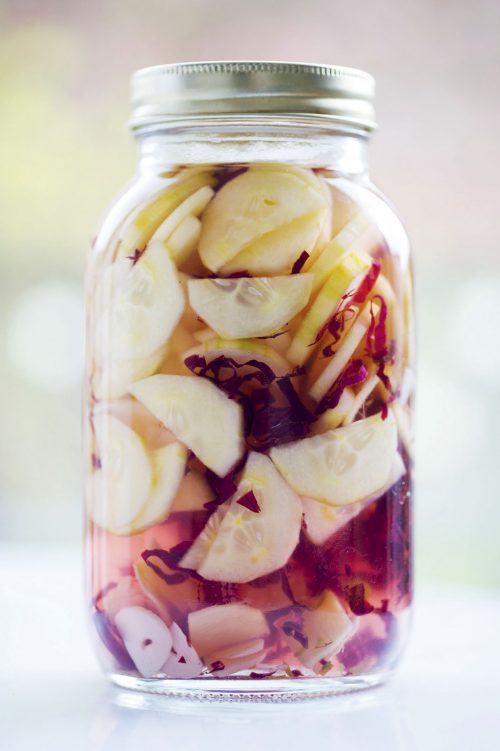 Shiso Pickled Cucumber
Shiso Pickled Cucumber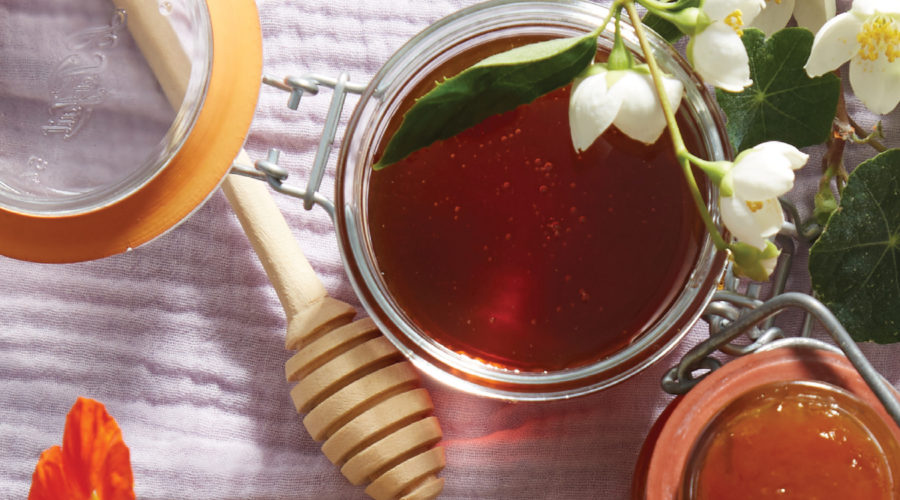 Apricot-Chamomile Jam
Apricot-Chamomile Jam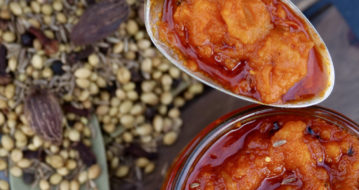 Hubbard Squash Chutney
Hubbard Squash Chutney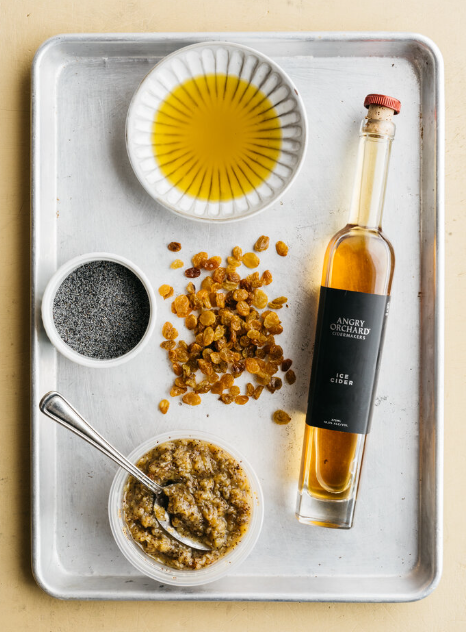 Raisin Jam
Raisin Jam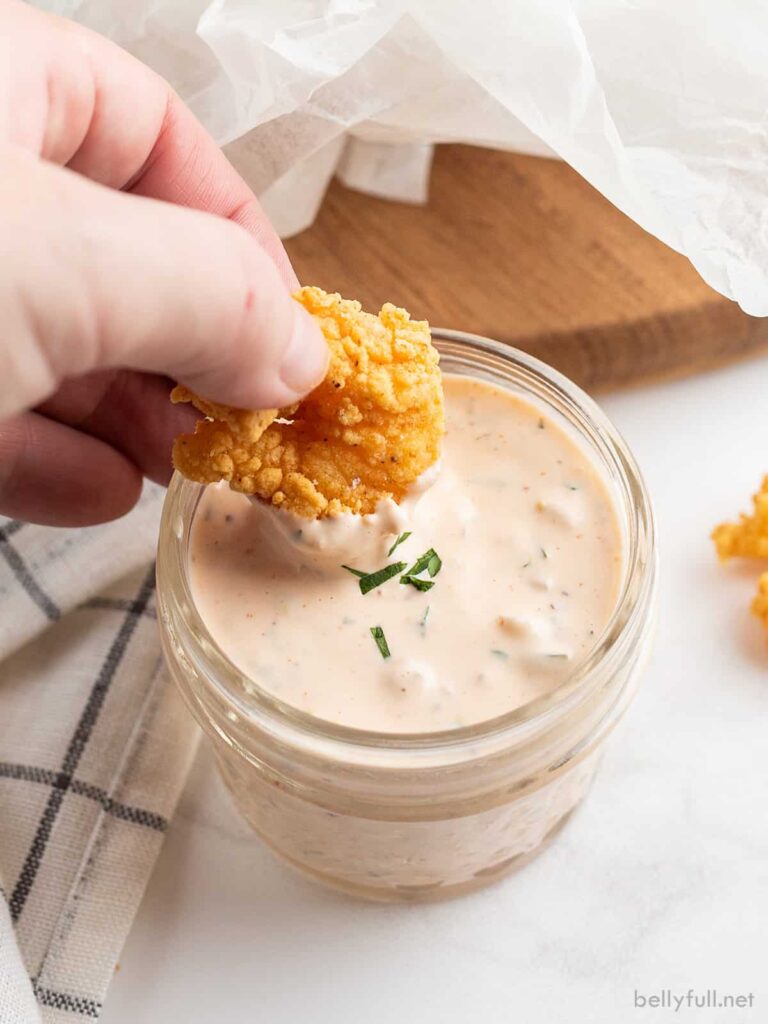 Simple Remoulade Sauce
Simple Remoulade Sauce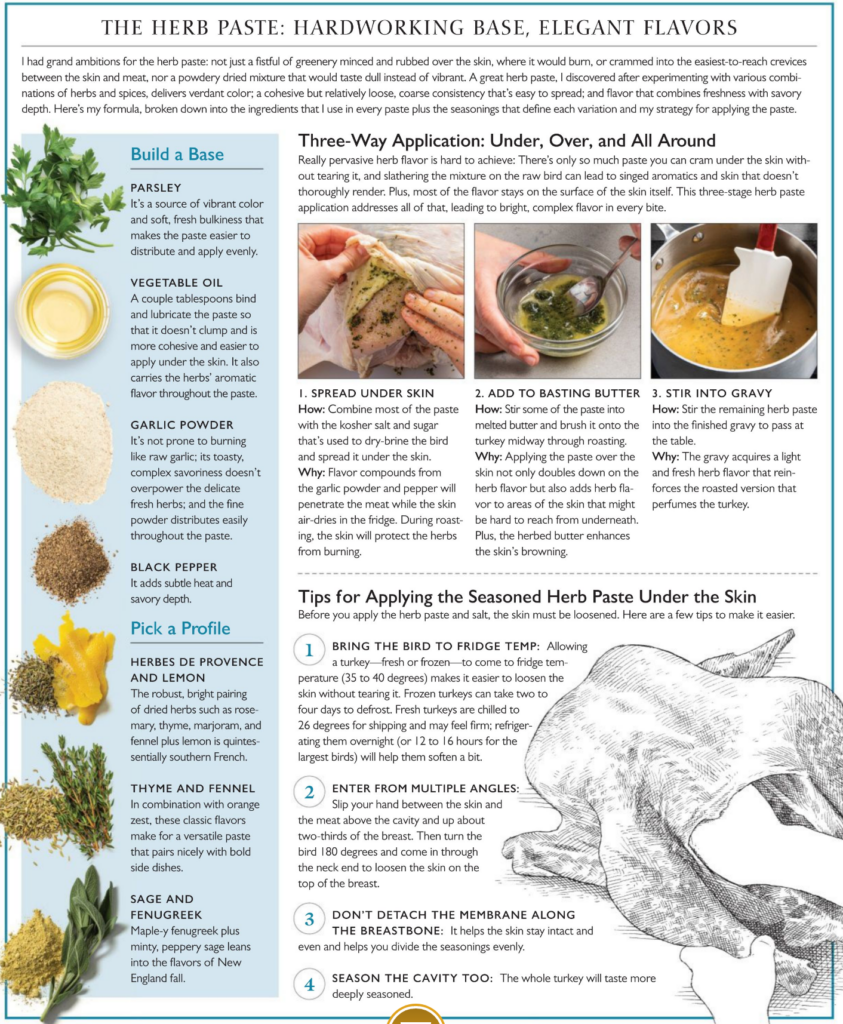
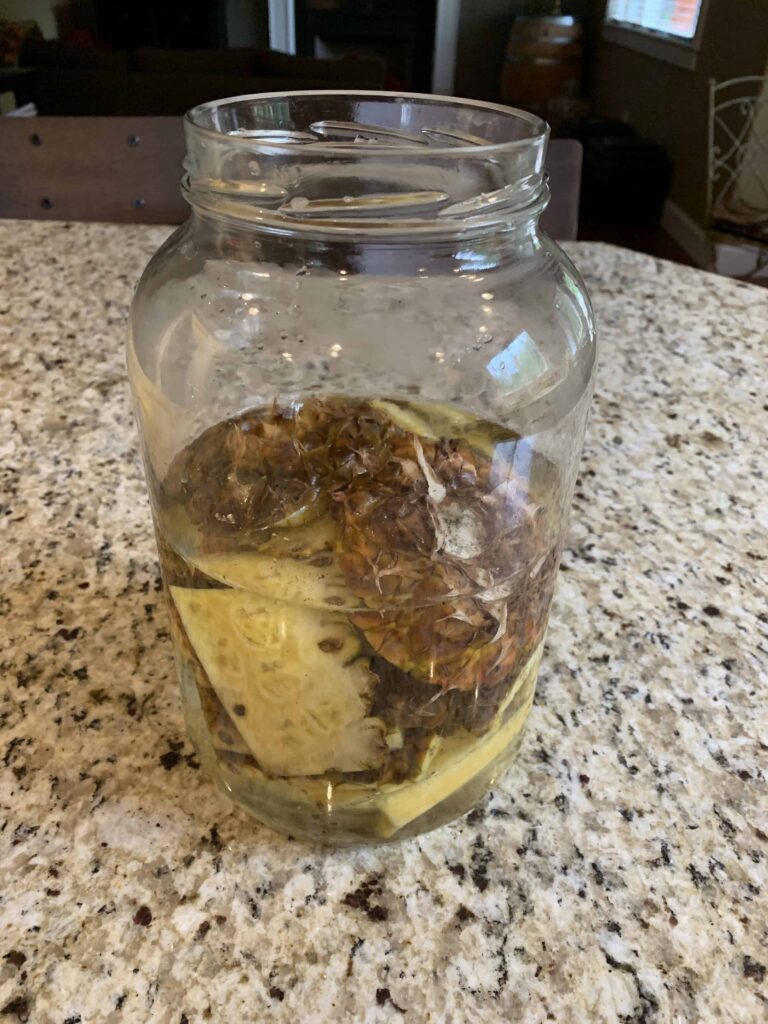 Pineapple Scraps Vinegar
Pineapple Scraps Vinegar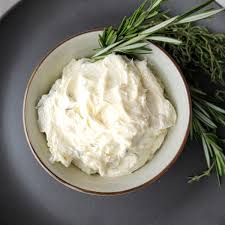 Horseradish Butter
Horseradish Butter